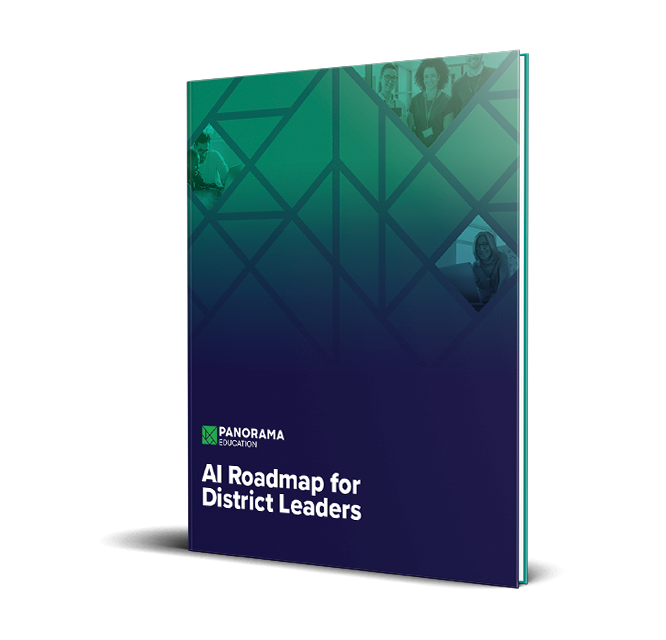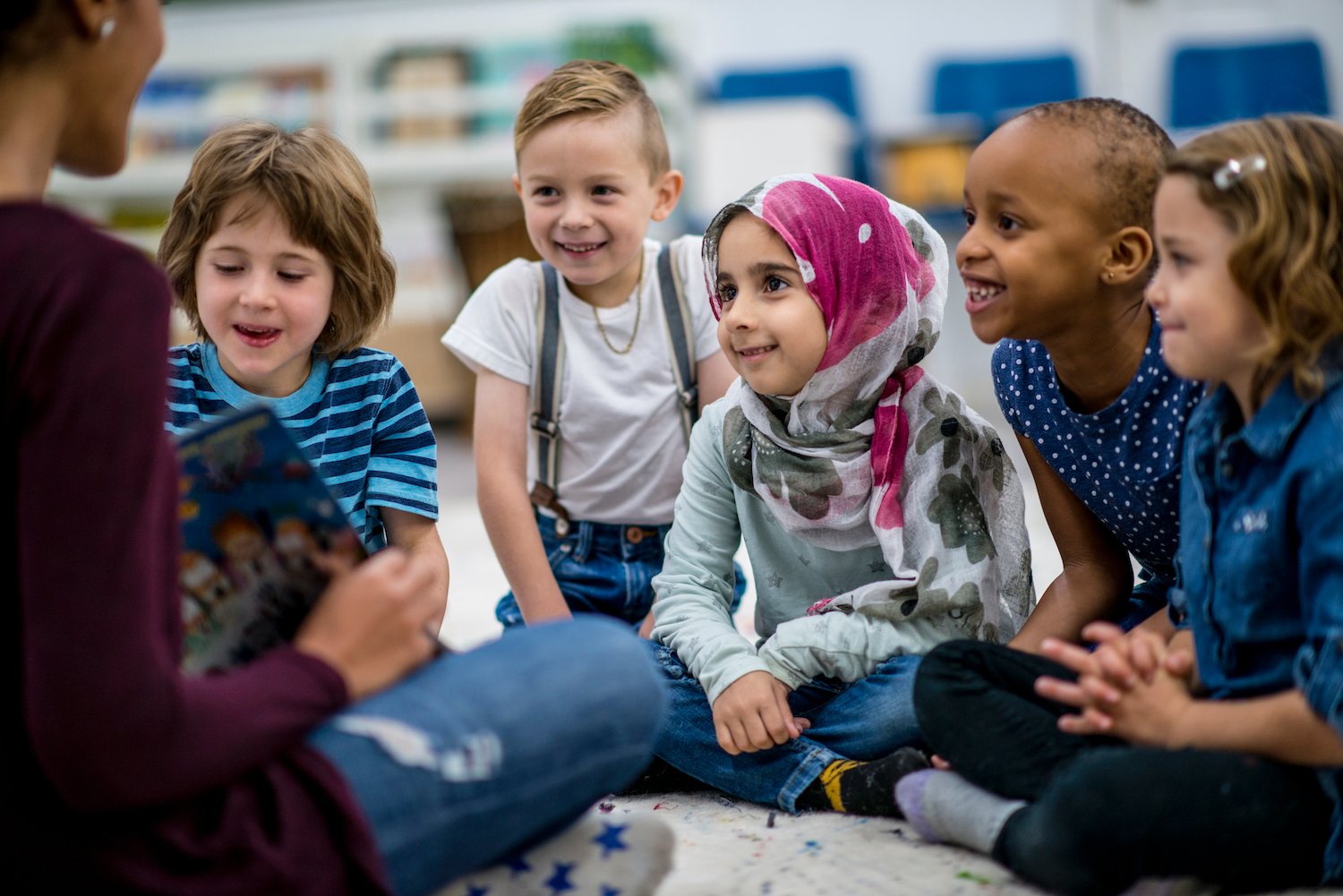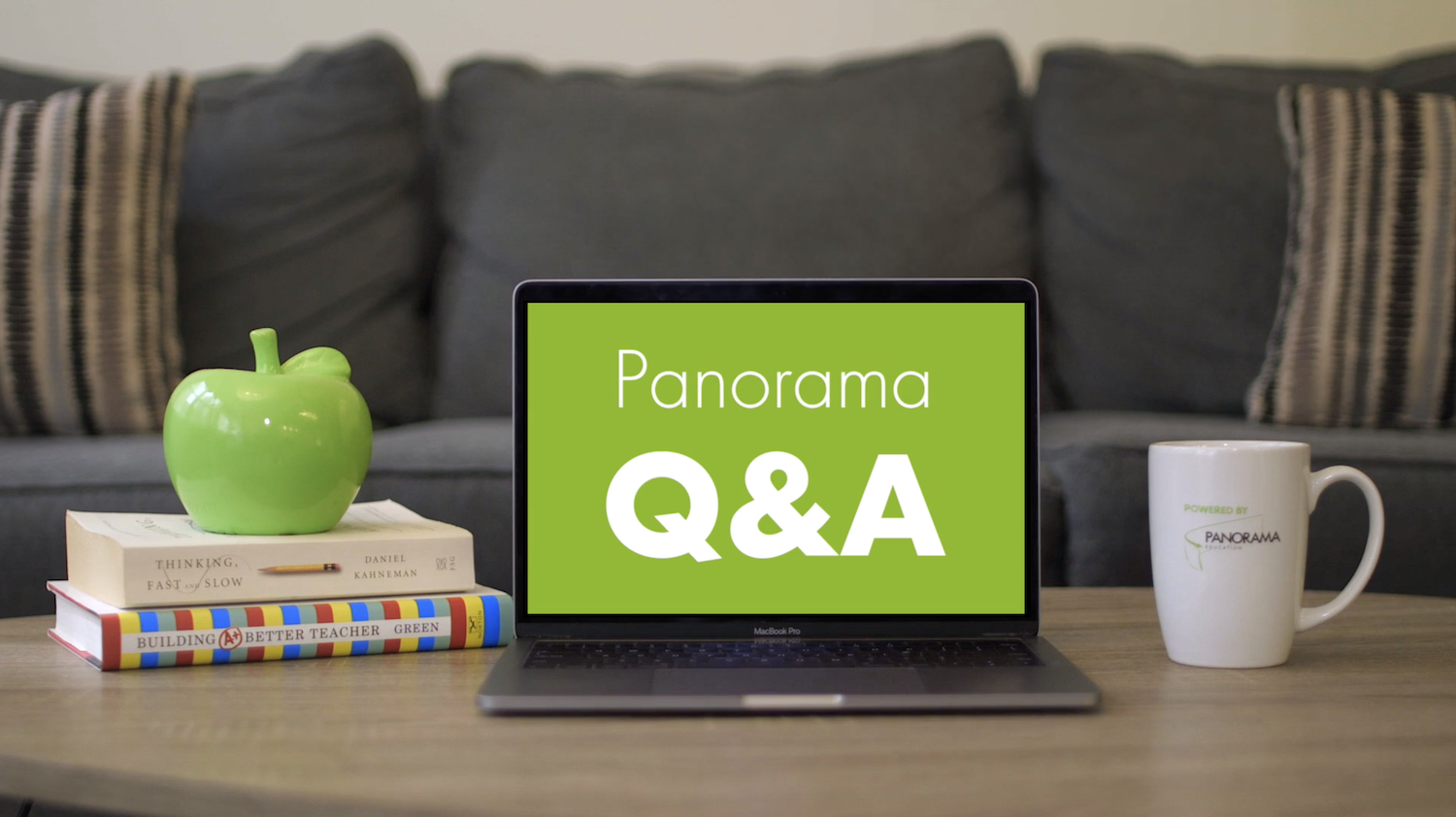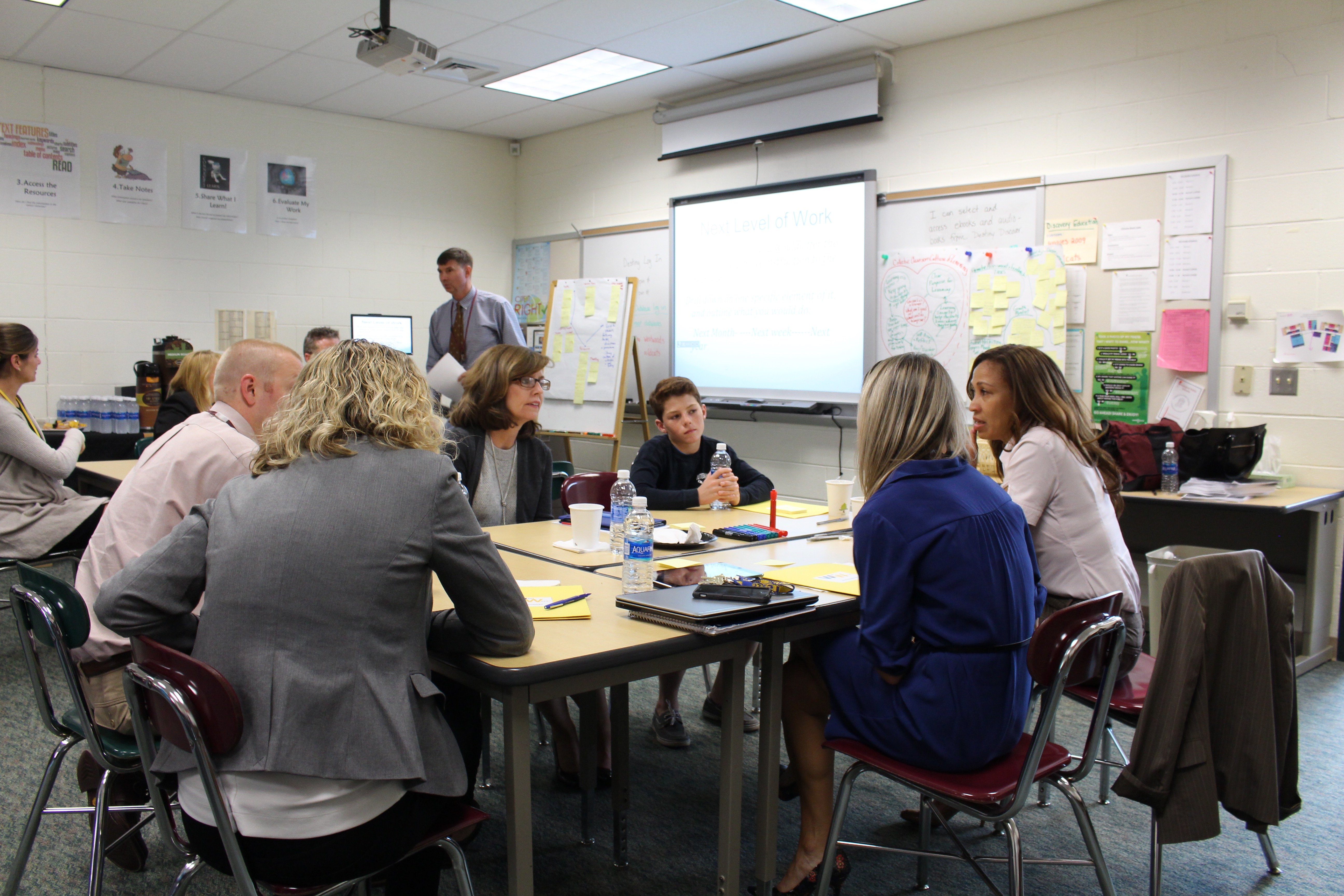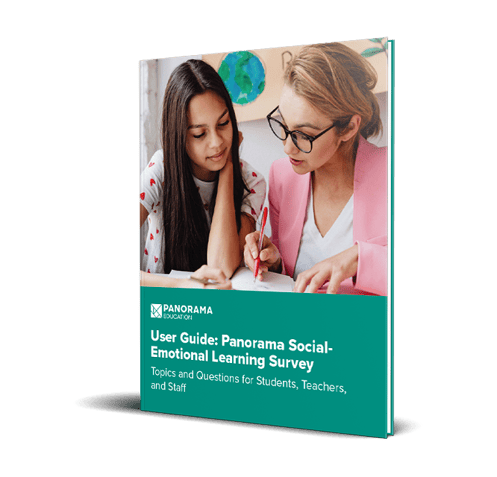Today, social-emotional learning (SEL) is widely recognized as foundational to K-12 education. As a leading superintendent recently put it:
“We need to realize that social-emotional learning is not an ‘and' that will come at the expense of our academic work. It's an ‘and' that allows us to build on our academic work.”
SEL has seen a rapid rise in interest over the last few years. That's why we put together this comprehensive guide to social-emotional learning.
In the sections below, we've compiled research and resources on why SEL is important, the benefits of SEL for students and adults, and how to put SEL into practice through curriculum and measurement. Use the table of content links to navigate your way through the guide!
1. What Is Social-Emotional Learning (SEL?)
2. Key SEL Skills and Competencies to Develop
3. How Does SEL Impact Learning?
4. Why Is SEL Important, Especially Now?
5. Social-Emotional Learning: Not Just for Kids?
6. How to Incorporate SEL in the Classroom
7. Measuring Social-Emotional Learning (Including Equity Considerations)
|
Key Takeaways:
|
Download the Panorama Social-Emotional Learning Survey.
What Is Social-Emotional Learning (SEL)?
According to a 2020 update from CASEL (the Collaborative for Academic, Social, and Emotional Learning), the definition of SEL is as follows:
|
|
Social-emotional learning (SEL) describes the mindsets, skills, attitudes, and feelings that help students succeed in school, career, and life. At its core, SEL focuses on students’ fundamental needs for motivation, social connectedness, and self-regulation as prerequisites for learning. Educators may also refer to SEL as “non-cognitive skills,” "interpersonal skills," “soft skills,” “21st century skills,” “character strengths,” and “whole child development.”
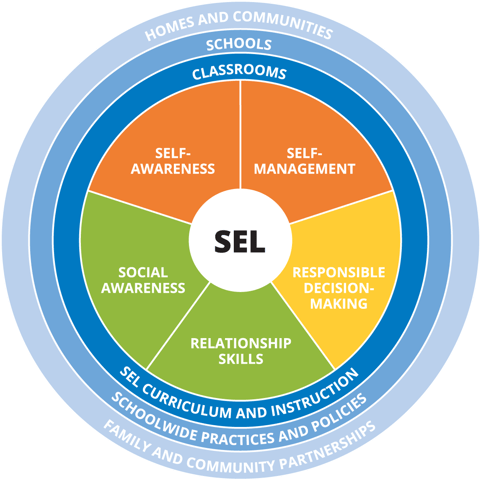 Key SEL Competencies via CASEL
Key SEL Competencies via CASEL
Key SEL Skills and Competencies to Develop
Social-emotional competencies are the specific skills, habits, and mindsets that fall under the umbrella of social-emotional learning. These skills are varied, and school communities may prioritize different SEL competencies based on identifiable student needs, district strategic goals, or a portrait of a graduate. However, many school districts focus on CASEL's five core competencies as a starting point:
- Self-Awareness: The abilities to understand one’s own emotions, thoughts, and values and how they influence behavior across contexts. This includes capacities to recognize one’s strengths and limitations with a well-grounded sense of confidence and purpose.
- Self-Management: The abilities to manage one’s emotions, thoughts, and behaviors effectively in different situations and to achieve goals and aspirations. This includes the capacities to delay gratification, manage stress, and feel motivation and agency to accomplish personal and collective goals.
- Social Awareness: The abilities to understand the perspectives of and empathize with others, including those from diverse backgrounds, cultures, and contexts. This includes the capacities to feel compassion for others, understand broader historical and social norms for behavior in different settings, and recognize family, school, and community resources and supports.
- Relationship Skills:The abilities to establish and maintain healthy and supportive relationships and to effectively navigate settings with diverse individuals and groups. This includes the capacities to communicate clearly, listen actively, cooperate, work collaboratively to problem solve and negotiate conflict constructively, navigate settings with differing social and cultural demands and opportunities, provide leadership, and seek or offer help when needed.
- Responsible Decision-Making: The abilities to make caring and constructive choices about personal behavior and social interactions across diverse situations. This includes the capacities to consider ethical standards and safety concerns, and to evaluate the benefits and consequences of various actions for personal, social, and collective well-being.
Other social-emotional skills and competencies include:
- Growth Mindset: Student perceptions of whether they have the potential to change those factors that are central to their performance in school.
- Self-Efficacy: How much students believe they can succeed in achieving academic outcomes.
- Social Perspective-Taking: The extent to which students consider the perspectives of their teachers.
- Emotion Regulation: How well students regulate their emotions.
- Sense of Belonging: How much students feel that they are valued members of the school community.
- Perseverance: How well students are able to persevere through setbacks to achieve important long-term goals (not limited to academics), taking into account their experiences and identities.
Explore classroom activities and strategies aligned to the five CASEL Competencies.
Research on SEL: How Does SEL Impact Learning?
Social-emotional learning is an important part of a well-rounded education, and research shows that it is linked to academic achievement. A safe, welcoming school culture that fosters SEL can create favorable conditions for student learning. Here is a round-up of recent research on SEL:
- A 2017 meta-analysis from CASEL (the Collaborative for Academic, Social, and Emotional Learning) shows that investment in SEL has led to improved classroom behavior, better stress management, and 13 percent gains in academics.
- A 2019 report from the Aspen Institute, “From a Nation at Risk to a Nation at Hope,” compiles evidence confirming that supporting students’ social, emotional, and cognitive development relates positively to traditional measures like attendance, grades, test scores, graduation rates, college and career readiness, and overall well-being.
- A study in the Journal of Education Psychology found that by adding SEL and behavior to indicator systems—as opposed to just tracking academic achievement—educators can better identify at-risk students.
- The Gallup 2018 Survey of K-12 School District Superintendents found that support for “social and life skills such as conflict resolution, interpersonal communications, and persistence” would be more helpful than any other support, more than twice as helpful as “financial assistance such as scholarships and loans,” and more than three times as helpful as “college preparation such as college exam test prep, college visits and application assistance."
- Panorama research on data from more than 100,000 students across nearly 200 schools has also found correlations between SEL and the "ABCs" (attendance, behavior, and coursework). Compared to students with low SEL, kids with high SEL are twice as likely to have above-average grades, 60 percent less likely to have one or more behavior incidents over the course of a year, and half as likely to be chronically absent. Download the full research brief.
Why Is SEL Important, Especially Now?
Educators have long understood the benefits of SEL. Yet, the national conversation about why students need social-emotional learning is more ubiquitous than ever.
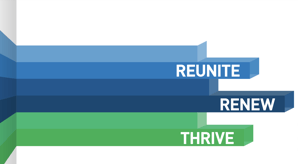
District leaders, educators, and students are facing the layered impact of the COVID-19 pandemic, racial inequities, and learning loss from the sudden shift to distance or hybrid learning.
According to CASEL's SEL Roadmap for Reopening, it will be critical to focus on social-emotional supports—including but not limited to rebuilding relationships, fostering a sense of belonging, and cultivating rituals that contribute to a positive school climate (in person or virtual). This will ensure that students and adults can heal from the potential emotional distress and trauma brought on by the "twin pandemics" facing education.
In the words of a district administrator on a recent Panorama webinar:
"Before students dive into mathematics, ELA, science or social studies, we want to brainstorm with them and talk with them about how they feel. How have they been impacted by COVID-19? How have they been impacted by the shelter-in-place? We need to rebuild relationships, strengthen relationships, and really focus on healing our community."
Here are additional resources on why SEL is more important than ever, including commentary and insights from school and district administrators:
- 4 Best Practices for SEL Directors During Back-to-School 2020-21
- Truths About Leading Social-Emotional Learning in 2020-21
- 5 Social-Emotional Learning Jobs Your District Needs to Hire for This Year
SEL: Not Just for Kids?
We know from rigorous research that SEL can lead to greater academic achievement and better mental health for students. But what about the adults in school buildings? Does the social-emotional well-being of administrators, teachers, counselors, social workers, and staff matter?
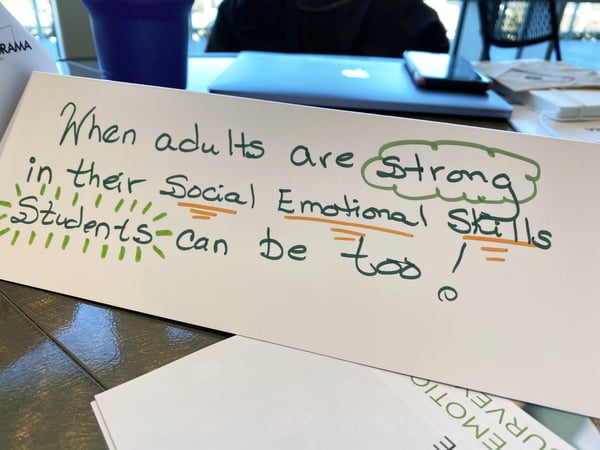
Recent research shows that it does. In fact, many districts are starting to see adult social-emotional learning as the foundation of effective SEL. In order to cultivate students’ social-emotional skills, adults in school buildings also need to feel supported and valued. The social-emotional well-being of adults can have a significant impact on school climate and the conditions in which students learn.
There are multiple streams of thought on adult SEL. At its core, adult SEL is the process of helping educators build their expertise and capacity to lead, teach, and model SEL. It involves cultivating adults’ own social and emotional competencies, well-being, and cultural competency, as well as a positive school climate that promotes SEL.
Here are some ways to address and implement adult SEL:
- Provide educators and central office staff with ongoing professional development to strengthen SEL knowledge and build capacity to support SEL.
- Create initiatives (such as peer mentorship programs) that provide safe spaces for educators to practice modeling SEL skills.
- Use staff meetings or PLCs to create shared agreements around adult SEL while also prioritizing relationship building.
- Administer adult SEL and well-being surveys to gather teacher and staff feedback on their professional well-being, social-emotional learning, and job satisfaction.
Explore additional resources on adult SEL:
- A Comprehensive Guide to Adult SEL
- How to Lead Adult SEL in School Districts: 4 Experts Share Best Practices and Tips
- Mindfulness for Educators: A Guide to Facilitating and Practicing Mindfulness
Download our Adult SEL Toolkit [includes free templates and professional development materials!]
How to Incorporate SEL in the Classroom
Although most district leaders, principals, and teachers agree that social-emotional learning is an important part of K-12 education, the nature of SEL adoption varies widely across schools and districts.
Implementing SEL can look like dedicated SEL lessons and/or the integration of SEL into academic content. In a 2020 nationally representative survey by the Education Week Research Center, 74 percent of teachers, principals, and district leaders said their schools teach social-emotional learning. 31 percent reported that time is set aside during the school day to explicitly teach SEL, and 37 percent said that SEL is integrated into academic subjects but not taught explicitly.
CASEL's "SEL 3 Signature Practices" is an example of a way to weave SEL into the classroom:
- Open each class period, meeting, or professional learning experience with a welcoming inclusion activity, routine, or ritual that builds community and connects to the work ahead.
- Embed engaging strategies, including brain breaks to anchor thinking and learning, throughout the experience.
- Close each experience in an intentional way. An optimistic closure is not necessarily a “cheery ending,” but rather highlights an individual and shared understanding of the importance of the work, and can provide a sense of accomplishment and support forward-thinking.
Examples of SEL Programs and Curriculum Providers
There are many different types of SEL programs. Some providers recommend dedicated SEL instruction focused on developing SEL skills and competencies like social awareness or growth mindset. On the other hand, embedded SEL curriculum may look like an English lesson that teaches strategies for building resilience and includes opportunities for collaborating with peers.
Below, find a non-exhaustive list of evidence-based programs. Many of these providers offer lessons and content across grade levels (elementary school, middle school, high school).
- Better Kids
- Character Lab
- CharacterStrong
- Conscious Discipline
- CREATE
- InnerExplorer
- InspirED
- Move This World
- Open Circle
- QuaverSEL
- Read to Lead
- Second Step
- Wings for Kids
Measuring Social-Emotional Learning
Once social-emotional learning is an established priority for a school or district, the next step is to set concrete goals and collect data to understand if SEL initiatives are working. One of the easiest ways to measure SEL is to administer surveys to students and teachers. SEL assessments are a scalable way to learn how supported students feel in school, and how empowered teachers feel to implement SEL in the classroom. (Before administering any survey, however, remember to build buy-in with teachers, staff, families, and students.)
Measuring SEL can be done at any stage of your SEL journey:
- "We're getting started with SEL:" Gather baseline data that can inform strategy, resources, and supports to get your SEL work off the ground.
- "We're doing some SEL:" Deepen the impact of your existing work with a formative assessment that can guide future programs and initiatives.
- "We have a formal SEL program or curriculum:" Evaluate the effectiveness of the program with bi-annual SEL surveys.
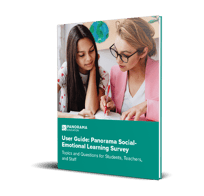 As one example: Panorama Social-Emotional Learning Survey—ranked the number one SEL measurement tool in a 2021 report from the Tyton Partners supported by the Bill and Melinda Gates Foundation—has been taken by millions of students since 2014. The research-backed, open-source survey offers 30+ survey topics for students and adults.
As one example: Panorama Social-Emotional Learning Survey—ranked the number one SEL measurement tool in a 2021 report from the Tyton Partners supported by the Bill and Melinda Gates Foundation—has been taken by millions of students since 2014. The research-backed, open-source survey offers 30+ survey topics for students and adults.
School and district leaders use Panorama survey data and SEL check-ins to identify individual students' social-emotional strengths and areas of need, design small group supports, integrate SEL into MTSS and PBIS frameworks, and address adult SEL. Panorama’s survey and analytics platform helps educators measure and improve SEL in four areas:
- Student Skills and Competencies: The social, emotional, and motivational skills that help students excel in college, career, and life. Example topics: Growth Mindset, Self Management, Social Awareness
- Student Supports and Environment: The environment in which students learn, which influences their academic success and social-emotional development. Example topics: Sense of Belonging, Teacher-Student Relationships.
- Student Well-Being: Students' positive and challenging feelings, as well as how supported they feel through their relationships with others. Example topics: Positive Feelings, Challenging Feelings
- Teacher and Staff Well-Being and Adult SEL: Teacher and staff perspectives on their professional well-being, the work environment, and their capacity to support student SEL. Example topics: Well-Being, Professional Learning About SEL
Download the Panorama SEL Survey to access our complete list of topics and questions.
Social-Emotional Learning Measurement in Action
How are school districts measuring and acting on SEL data? What does this work look like in practice? Explore the case studies below featuring districts across the country.
- A Unified Vision for College & Career Readiness: Social-Emotional Learning in Racine Unified School District
- How DC Public Schools Uses Panorama to Track SEL Goals & Build a Culture of Love
- How Collier County Schools Incorporates SEL into Strategic Priorities
- How Johnston County Public Schools Uses Panorama to Support Students’ SEL Through Tiered Interventions
- How Miami-Dade County Public Schools Supports Middle School SEL With Panorama
- How Casa Grande Elementary District Strengthens Student SEL and Relationships With Panorama
- How CASEL Partner Districts Use Social-Emotional Learning Measurement
- How SEL Can Promote Hard Conversations About Mental Health: Olathe Public Schools
- Our 8-Step SEL Intervention Process: How Oxnard School Districts Uses Panorama Student Success
- How One High School in Indiana Uses SEL to Unlock Academic Growth
- Promoting Whole Student Supports in the Hawaii Department of Education
- Scaling Social-Emotional Learning in Fresno Unified
|
Frequently Asked Questions: 1. How can we ensure that SEL initiatives are effectively integrated into existing curriculum and instructional practices? District leaders may want guidance on aligning SEL objectives with academic standards and embedding SEL principles into daily instruction across all subject areas. 2. How can we provide ongoing support and professional development for educators to enhance their understanding and implementation of SEL practices? District leaders may explore options for offering targeted training sessions, coaching, and peer collaboration opportunities to help teachers deepen their knowledge and skills in delivering SEL instruction effectively. 3. What role can families and communities play in supporting SEL initiatives, and how can we engage them as partners in this work? District leaders may seek strategies for involving parents, caregivers, and community members in SEL programming through workshops, family nights, and community events, as well as leveraging community resources to complement school-based efforts. |
